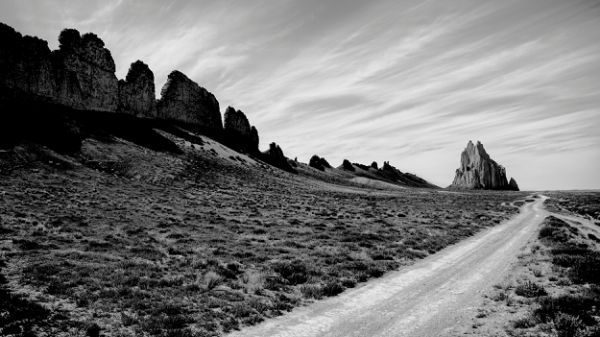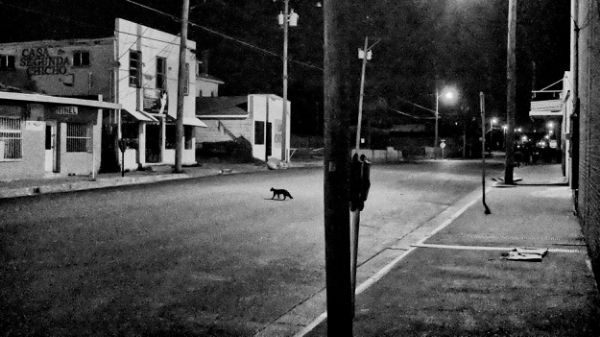BROWNSVILLE, Texas — The women often arrive carrying children in their arms, their burdens etched in sun-beaten skin. The men come with blistered hands and feet from hard labor or hard journeys. They arrive day and night, a stream of the weary, to this barbed wire compound of low slung buildings just minutes from the Mexican border.
They come for hot meals and soft beds—human comfort for those sent into the wind by economic or emotional calamity.
People come to this shelter—known locally as the Ozanam Center and throughout Latin America as Casa Romero—from across the U.S.-Mexico border and throughout this forsaken city. It is both a way station and a destination for thousands of homeless immigrants and deeply impoverished local residents—an oasis in a city perennially ranked as America’s poorest.
“There’s a lot of need, a lot of hunger, a lot of undocumented along the border from here to El Paso,” shelter director Victor Maldonado said. “Sometimes the needs get so heavy. You just take a breath and try to do your best and pray and hope that wherever they are going, whatever they are looking for comes through.”
Maldonado stood under the searing Texas sun on a recent afternoon, watching a van pull into the compound carrying more than a half-dozen homeless men and women.
“We take in anybody and everybody regardless of your documentation or your status,” Maldonado said. “That’s no excuse to close our doors to anyone. They are here and that’s not going to change. It’s the human thing to do to help them.”
Texas is no anomaly. All across the Southwest, from the long, arid stretches of southern California to the badlands of Utah, Arizona, Nevada and New Mexico, persistent pockets of poverty have been exacerbated by a messy tangle of bad economic and immigration policy. Generations of mostly Hispanic families, U.S. citizens and the undocumented alike, have faced insurmountable challenges in achieving the kind of American prosperity that drew so many of them to this country in the first place.
Of the 353 counties in the United States deemed by the federal government to be persistently poor—meaning the poverty rate has been above 20% for three consecutive decades—85% are in rural areas including Hispanic communities like Brownsville, set in the belly of the Rio Grande Valley at the southernmost point of Texas.
To read the rest of the story and view the full multimedia presentation, following Pulitzer Center grantee Matt Black through the American southwest, visit MSNBC.









